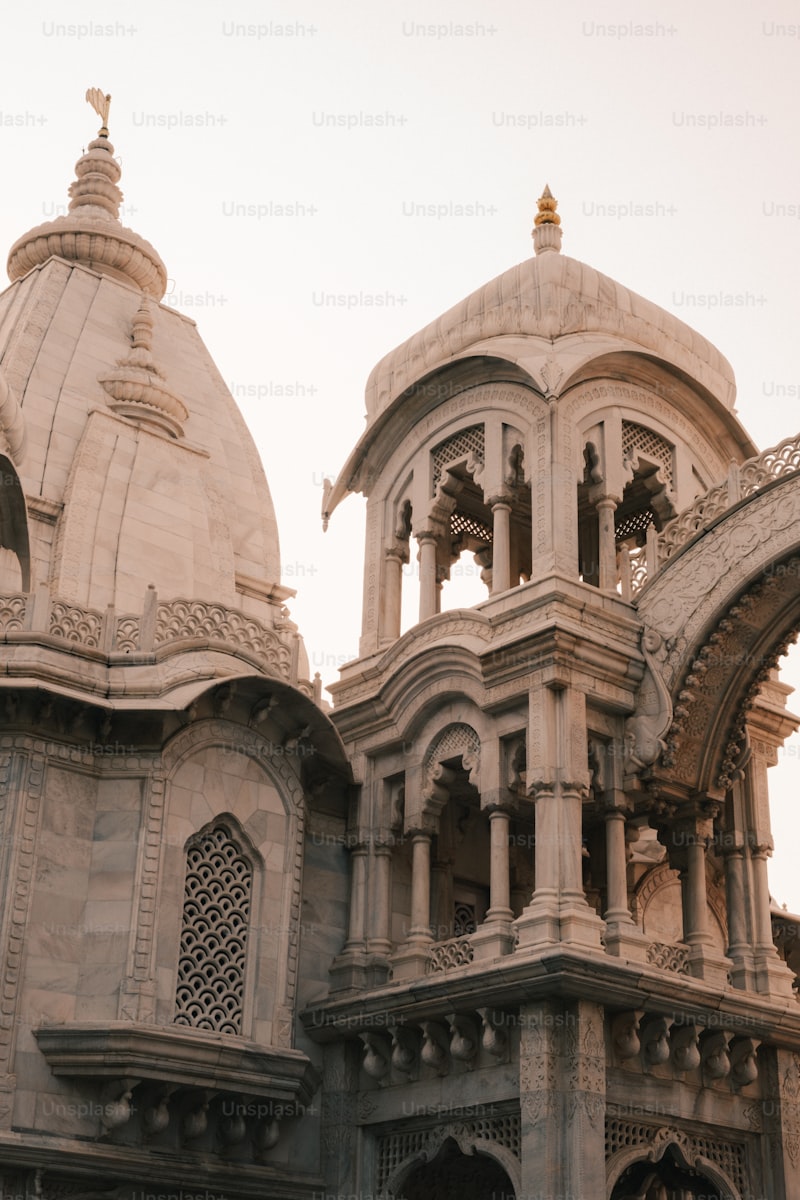One such landmark is the CN Tower in Toronto, standing tall as an iconic symbol of Canadian engineering prowess. Its sleek, futuristic design and panoramic views attract millions of visitors annually, offering a bird’s-eye view of the bustling city below.
Moving westward, Vancouver’s stunning Museum of Anthropology beckons with its striking blend of modernist and Indigenous architecture. Here, visitors can explore diverse cultural artifacts housed within its innovative glass and concrete walls, making it a hub for understanding Canada’s Indigenous heritage.
In Montreal, the Notre-Dame Basilica stands as a masterpiece of Gothic Revival architecture. Its intricate interior, adorned with vibrant stained glass windows and intricate woodwork, evokes a sense of awe and reverence among all who enter, showcasing Canada’s religious and artistic heritage.
Heading north to Ottawa, the Parliament Hill complex stands proudly along the banks of the Ottawa River. Home to Canada’s federal government, its Gothic Revival style buildings, including the Peace Tower and Centre Block, are not just administrative hubs but also symbols of national identity and democratic values.
In the Maritime province of New Brunswick, the Hopewell Rocks exemplify nature’s architectural wonders. Carved by the Bay of Fundy’s powerful tides, these towering flowerpot formations are a testament to the forces of erosion and Canada’s natural beauty.
Lastly, in the Canadian Rockies, the Fairmont Chateau Lake Louise epitomizes mountain resort architecture. Nestled beside the pristine Lake Louise, its grandeur mirrors the rugged landscape, offering guests a luxurious retreat amidst breathtaking alpine scenery.
Each of these landmarks embodies Canada’s spirit of innovation, cultural diversity, and natural beauty, inviting visitors to explore and discover the stories etched within their walls and landscapes. Whether marveling at modern skyscrapers or ancient rock formations, Canada’s architectural wonders never fail to captivate and inspire awe.
Discovering Canada’s Hidden Gems: Architectural Marvels Off the Beaten Path
Have you ever wondered beyond the iconic CN Tower or the historic architecture of Quebec City? Canada boasts a treasure trove of lesser-known architectural gems scattered across its vast landscape. These hidden marvels offer a glimpse into lesser-explored facets of Canadian history and innovation.
In the heart of Toronto, tucked away from the bustling streets, lies the Aga Khan Museum, a stunning example of modern Islamic architecture. This cultural hub not only houses exquisite artifacts but also features intricate geometric designs and serene gardens that transport visitors to distant lands.
Venture west to Alberta’s Badlands, and you’ll discover the Royal Tyrrell Museum, a striking building nestled amidst rugged terrain. Its bold contemporary design echoes the prehistoric past it showcases, making it a must-visit for both architecture enthusiasts and dinosaur buffs alike.
For those who seek tranquility off the beaten path, the Parliament of the Federation in Nunavut beckons with its unique Inuit-inspired architecture. This legislative building stands as a symbol of self-governance and cultural resurgence, blending traditional elements with modern functionality.
In British Columbia, the Museum of Anthropology at the University of British Columbia stands out not only for its stunning architecture but also for its dedication to preserving Indigenous cultures. Its dramatic glass walls frame traditional Northwest Coast First Nations artifacts, offering a poignant dialogue between past and present.
As you journey across Canada, keep your eyes peeled for these hidden architectural marvels that embody the country’s rich cultural tapestry. Each structure tells a story, inviting you to delve deeper into Canada’s diverse heritage and architectural innovation.
Iconic Structures: Canada’s Top Architectural Landmarks You Must See
Standing tall amidst Toronto’s skyline, the CN Tower is an engineering marvel that offers breathtaking views of the city and beyond. As the tallest freestanding structure in the Western Hemisphere, its revolving restaurant and glass floor attract millions each year, seeking a panoramic experience unlike any other.
Moving westward, the Parliament Hill in Ottawa stands as a symbol of Canadian democracy and governance. Its Gothic revival architecture and stunning setting on the Ottawa River make it a must-visit for history buffs and architecture enthusiasts alike. The intricate Peace Tower, with its iconic clock, serves as a national symbol and offers guided tours showcasing Canada’s political heritage.

Venturing into Vancouver, the distinctive sails of the Canada Place cruise ship terminal dominate the waterfront. This architectural gem, resembling a ship in full sail, is not only a hub for international cruise liners but also hosts conventions and events, making it a vibrant cultural and economic landmark on the west coast.
In the heart of Montreal lies the Notre-Dame Basilica, a masterpiece of Gothic Revival architecture renowned for its intricate interior and vibrant stained glass windows. This spiritual and cultural hub has hosted dignitaries and artists and continues to captivate visitors with its grandeur and historical significance.
Journey Through Time: Exploring Canada’s Historical Architectural Wonders
Imagine standing before the imposing walls of Québec City’s La Citadelle, a star-shaped fortress that has watched over the St. Lawrence River since the 17th century. Built by French and later British forces, it’s more than just stone and mortar; it’s a living chronicle of Canada’s military past, echoing with tales of battles fought and peace secured.
Venture westward to the majestic Parliament Hill in Ottawa, where the Gothic Revival-style Parliament Buildings rise against the skyline. These iconic structures not only house the chambers where Canada’s laws are debated and crafted but also embody the resilience of a nation that rose from the ashes of fire in 1916 to rebuild stronger than ever.
Travel further back in time to the Maritime provinces, where the elegant architecture of Halifax’s Historic Properties whispers of a bygone era of trade and seafaring adventure. These restored warehouses and offices, dating back to the 19th century, now host vibrant shops and restaurants, blending modern vitality with historical charm.
In Toronto, the opulent Casa Loma beckons with its fairytale-like towers and sprawling gardens. Constructed in the early 20th century, this Gothic Revival castle offers a glimpse into the lavish lifestyle of its original owner, Sir Henry Pellatt, while also serving as a backdrop for numerous films and cultural events.
Modern Marvels: The Cutting-Edge Architecture of Canada’s Urban Centers
Canada’s urban centers stand as testaments to modern marvels in architecture, blending innovation with functionality to redefine city skylines. From the sleek glass facades of Toronto’s financial district to the avant-garde designs of Vancouver’s residential towers, each city showcases its unique architectural identity.
In Toronto, the financial heart of Canada, skyscrapers like the CN Tower dominate the skyline with their impressive height and engineering prowess. These structures not only symbolize economic power but also push the boundaries of architectural design with their blend of steel, glass, and concrete.
Meanwhile, Vancouver embraces a more organic approach, seamlessly integrating urban living with its natural surroundings. Buildings like the Vancouver Convention Centre, with its stunning waterfront location and green roof, exemplify sustainability and aesthetic harmony. The city’s commitment to green architecture sets a global standard for eco-friendly urban development.
Moving eastward, Montreal’s architecture tells a story of cultural fusion and historical preservation. The Old Port’s cobblestone streets contrast sharply with the modernist forms of the Quartier des Spectacles, where contemporary performance spaces intersect with historic landmarks. This juxtaposition creates a dynamic urban landscape that celebrates both past and present.
In Calgary, the skyline reflects a blend of modernity and rugged Western tradition. The Bow Tower, with its unique crescent shape and environmentally friendly design, stands as a beacon of innovation in the heart of Alberta’s oil capital. Its architectural form not only reduces energy consumption but also enhances the city’s skyline with its striking silhouette.
From Coast to Coast: Canada’s Architectural Diversity in Landmark Form
From the rugged Pacific coastline of Vancouver to the historic streets of Quebec City, Canada’s architectural landscape boasts a rich tapestry of diversity and innovation. Each region tells a unique story through its landmarks, reflecting both its natural surroundings and cultural heritage.

On the west coast, Vancouver stands out with its juxtaposition of modern skyscrapers against the backdrop of the North Shore Mountains. The city’s architecture blends glass and steel with natural elements, symbolizing its commitment to sustainability and urban living. Iconic structures like the Vancouver Convention Centre, resembling a giant sail on the waterfront, showcase the city’s bold architectural vision.
Moving eastward, Toronto’s skyline dominates the horizon with the CN Tower proudly standing as a symbol of Canadian engineering prowess. This towering landmark not only offers panoramic views but also represents Canada’s embrace of innovation and ambition. Toronto’s architecture blends historic buildings like the Fairmont Royal York Hotel with contemporary marvels such as the Art Gallery of Ontario, creating a dynamic urban environment.
In the heart of Canada, Ottawa captivates with its blend of Gothic revival and modernist architecture. The Parliament Hill, with its iconic Peace Tower, stands as a testament to the country’s political history and democratic values. The architectural ensemble along the Rideau Canal reflects a harmonious coexistence of heritage conservation and contemporary design.
Further east, Montreal’s architectural charm lies in its European-inspired buildings and vibrant cultural scene. From the Notre-Dame Basilica’s intricate Gothic Revival style to the modernist Habitat 67, the city blends old-world charm with avant-garde design. Montreal’s architecture mirrors its multicultural identity, where each neighborhood tells a story through its buildings and public spaces.
Crossing into the Atlantic provinces, Halifax’s waterfront showcases a mix of historic warehouses and contemporary developments. The Halifax Citadel, a star-shaped fort overlooking the city, is a reminder of Canada’s military heritage and architectural resilience. Newfoundland and Labrador offer unique vernacular architecture, with colorful wooden houses dotting the rugged coastline, embodying a blend of practicality and maritime tradition.
Unveiling the Secrets: Canada’s Most Mysterious Architectural Landmarks
Let’s begin our journey with the enigmatic Oak Island Money Pit. Located off the coast of Nova Scotia, this site has puzzled treasure hunters and historians alike for centuries. The legend speaks of an elusive treasure buried deep within its depths, protected by ingenious traps and riddles. Could this be a vault of untold riches or a cleverly constructed decoy?
Moving westward, the peculiar Spotted Lake in British Columbia offers a natural spectacle that defies belief. During the summer months, the lake transforms into a mosaic of colorful spots, each a concentrated pool of minerals like magnesium sulfate and calcium. Its formation remains a geological wonder, captivating visitors who ponder its unearthly appearance.
Meanwhile, the haunting architecture of the Banff Springs Hotel in Alberta evokes a sense of grandeur and mystery. Nestled amidst the Rockies, this chateau-style hotel boasts a storied past intertwined with tales of ghostly apparitions and unexplained phenomena. Could the elegant corridors hide secrets from a bygone era, whispering stories of guests who never truly checked out?
Further north, the eerie remnants of the S.S. Baychimo linger along the Arctic coastline. Abandoned in 1931, this cargo ship became trapped in ice and was left to drift. Miraculously, it survived for decades as a ghost ship, occasionally spotted by explorers navigating the frigid waters. Its fate remains a chilling testament to nature’s relentless grip on the man-made.
As we unravel the mysteries of Canada’s architectural landmarks, one thing becomes clear: each holds a piece of history waiting to be discovered. Whether submerged in the depths of Oak Island or standing proud against the elements like the Banff Springs Hotel, these sites stir the imagination and beckon adventurers to uncover their secrets.
Frequently Asked Questions
What makes Canadian architecture unique?
Discover what sets Canadian architecture apart with our concise FAQ. Explore how diverse cultural influences, environmental considerations, and innovative design approaches combine to create the unique aesthetic and functionality of Canadian buildings.
How can I visit famous Canadian buildings and structures?
Learn how to visit iconic Canadian buildings and structures with our concise guide. Discover essential tips on planning your trip, including must-see landmarks like the CN Tower, Parliament Hill, and the Fairmont Château Frontenac. Whether you’re interested in architectural history or simply exploring Canada’s cultural heritage, our FAQ covers everything from ticketing to seasonal considerations.
Can you recommend lesser-known architectural gems in Canada?
Discover lesser-known architectural gems across Canada with our curated list. Explore unique structures and hidden marvels that showcase Canada’s diverse architectural heritage beyond the well-known landmarks.
Which cities in Canada have notable architectural landmarks?
Discover the Canadian cities renowned for their architectural landmarks. Learn about the cities in Canada celebrated for their distinctive and notable architectural sites.
What are some iconic architectural landmarks in Canada?
Discover Canada’s iconic architectural landmarks, from the historic Château Frontenac in Quebec City and the striking CN Tower in Toronto to the modernist Art Gallery of Ontario. Explore the unique blend of historical and contemporary designs that define Canada’s architectural heritage.



